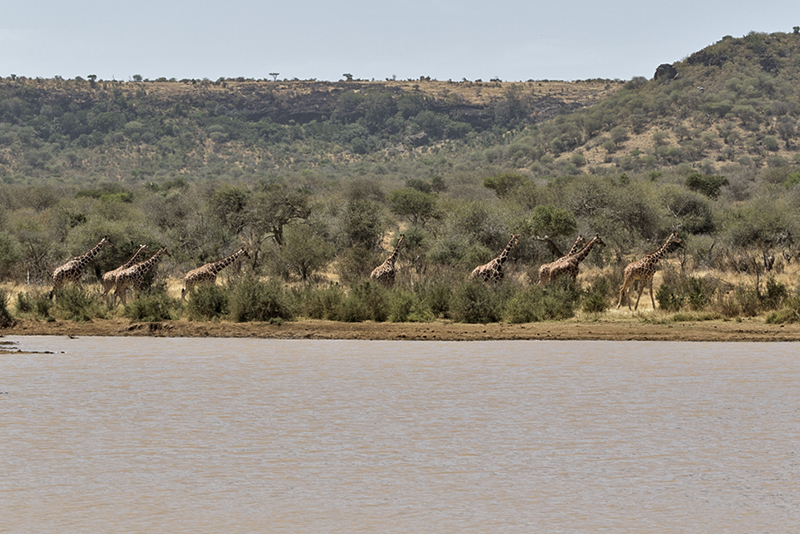Do we really need an excuse?? No, but this time its in the name of Research and Conservation, we were going to be Citizen scientists for the second time. Making the most of two days for the Second Grevy’s census which was taking place in Laikipia, Samburu, Meru, Marsabit and Isiolo counties, we decided to take an extra two days and spend three nights this time instead of two at Laikipia Wilderness Camp in the Ol Donyo Lemboro Conservancy, allowing us enough time to enjoy the camp and also maximise the amount of time that we spend on Saturday and Sunday counting Grevy’s Zebras and the Reticulated Giraffe. After the first census took place in January 2016, it was estimated that 2,350 Grevy’s roamed in Northern Kenya’s semi-arid region.
Following up on my previous blog post – The Great Grevy’s Rally that was published in April 2016, here’s the follow up on the second Great Grevy’s Rally, taking place two years after the first.
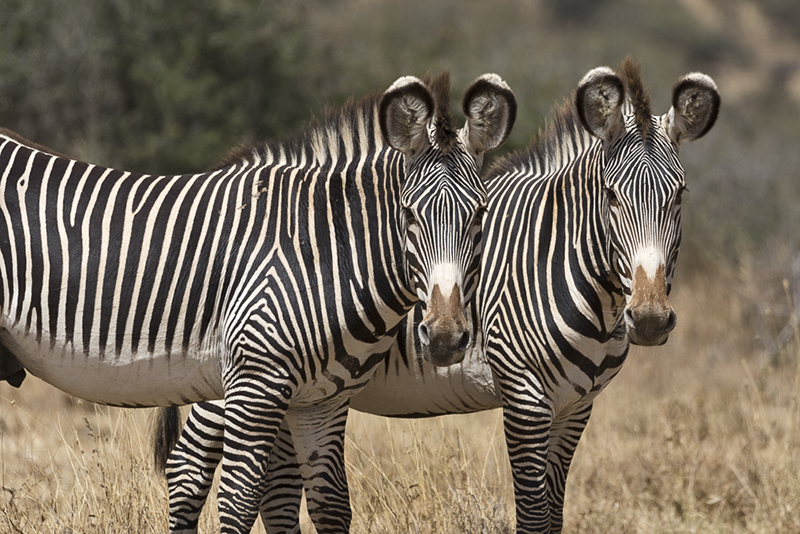
Saturday 27th 2018 January marked the first day of the Grevy Rally. We were partnered with a lovely couple from the Netherlands, between four of us in the vehicle we had 5 cameras including the camera that we were given for documentation. The rules of the Rally were that we had to log onto the camera for 12 hours, this camera had been GPS enabled to allow the researchers to identify the locations that the Grevy’s had been seen in. Once we started the log, all the cameras had to take a photo the QR card that had been assigned to our camera at the same time to help the researchers identify which additional cameras were with the assigned one to our group. So 1…2…3…click and we were ready to go, or for we thought, as soon as we did that our research camera died, and yes we had charged it, oh well… Now for the hard part, we had to start looking for the Grevys and Giraffes and even harder to photograph their right profile, not because that’s their better side and they prefer their selfies that way, but it’s what the researchers at Princeton University require.
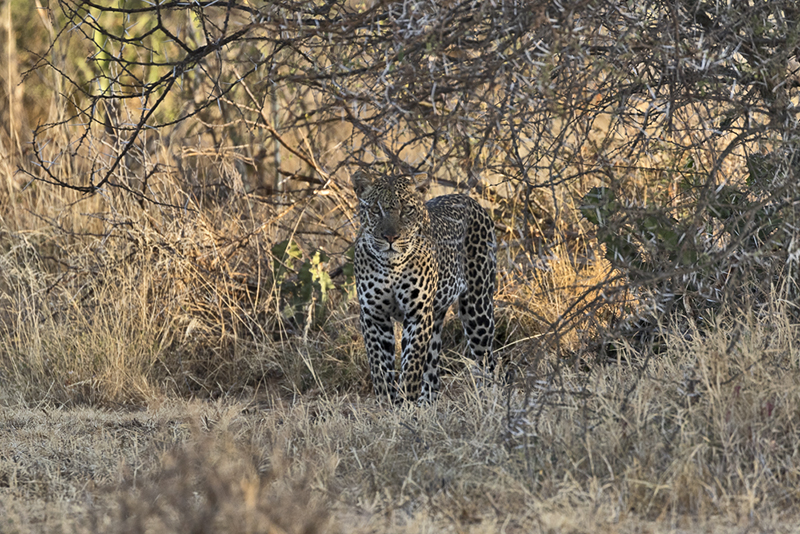
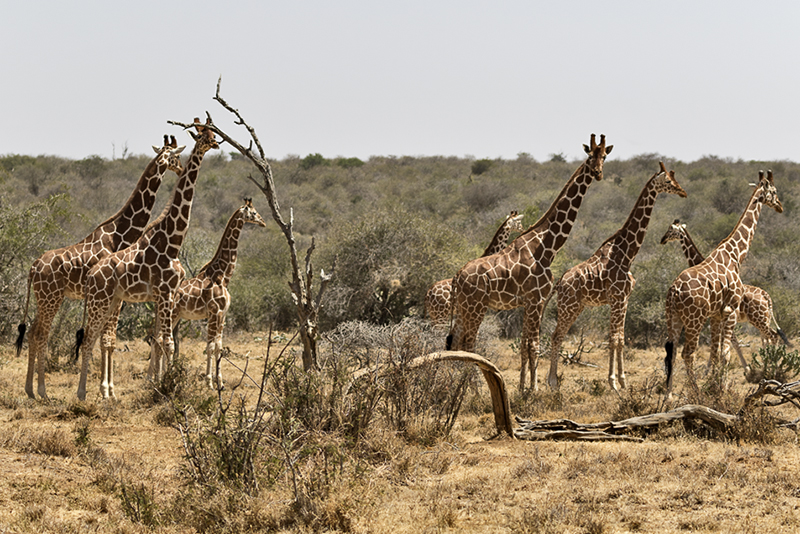
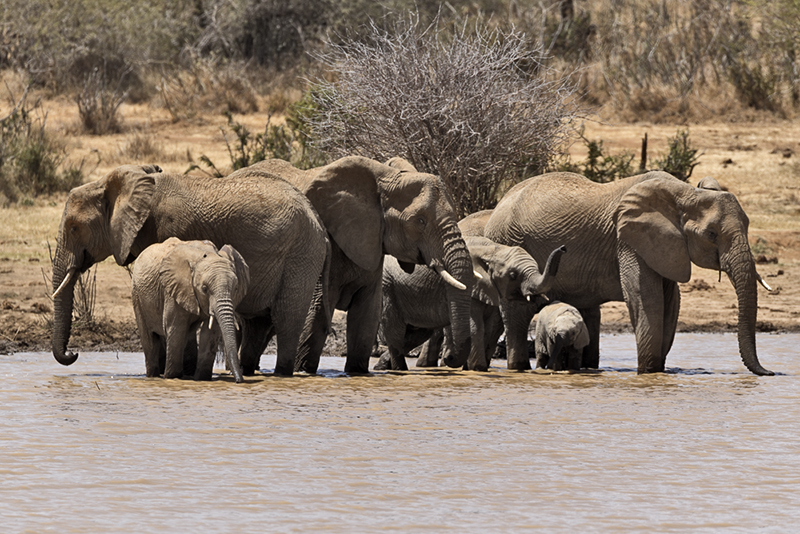
The afternoon was very quiet, we actually didn’t see any Grevy’s or Giraffes, and it was sundowner time. Coincidently during the game drives I was talking to Mugambe about the cobra his group saw last time and I told him I wanted to see a cobra, and while we stopped at a different camp for sundowners he saw a snake path going down to the water, he looked around, I wanted to see a snake yes, but from the car, not on foot, you think i’m crazy?! But he didn’t find it. He said it was a puff adder by the width of the path. It was getting dark, we started to head back to camp and just my luck, guess what, i’ll give you a clue, phew… I was in the car, can you guess?? Cobra… crossing the road. A really quick sighting, but I saw it! I didn’t manage to get a photo, but Hans, the gentleman that was in our car managed, heres the link to the picture of it.
Second day of data collection began again at 6am. Same story with the camera, but by this time we had figured out its temperaments so we set off. The morning was a bit more successful than the night before in terms of the purpose that we were there. We saw 6 Grevy’s in the morning. One of them looked like Floppy from the previous census. I really thought it was, but Mugambe had to give me the bad news that Floppy was killed by some lions near the camp which was his territory last year. Perhaps this was one of Floppy’s kids?
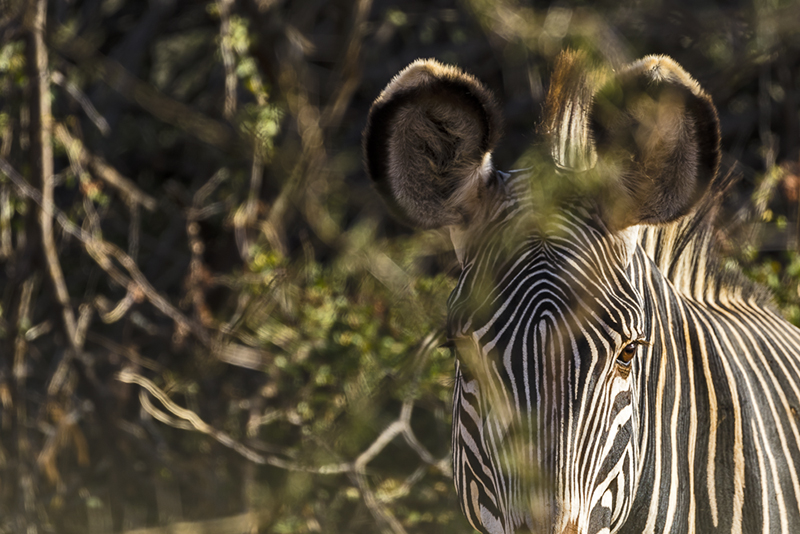
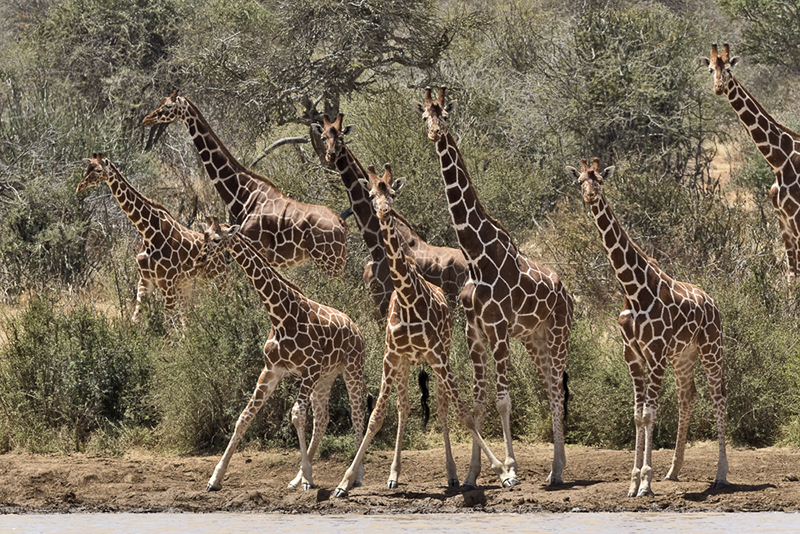
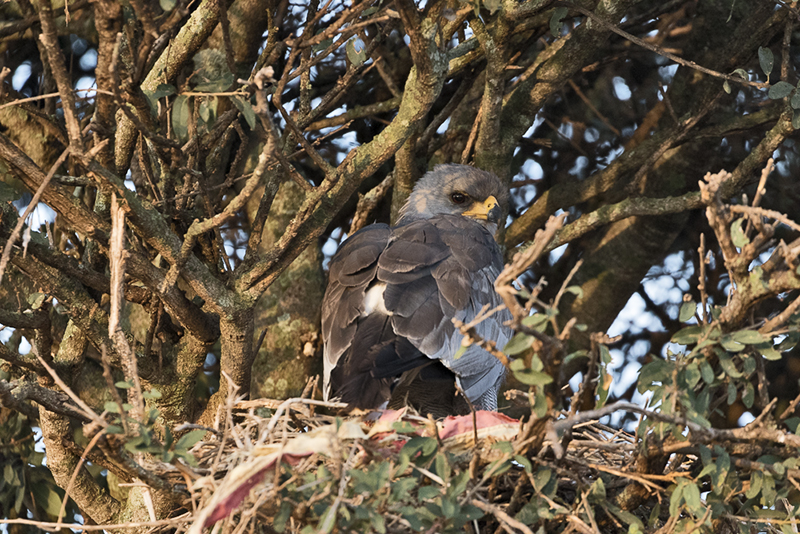
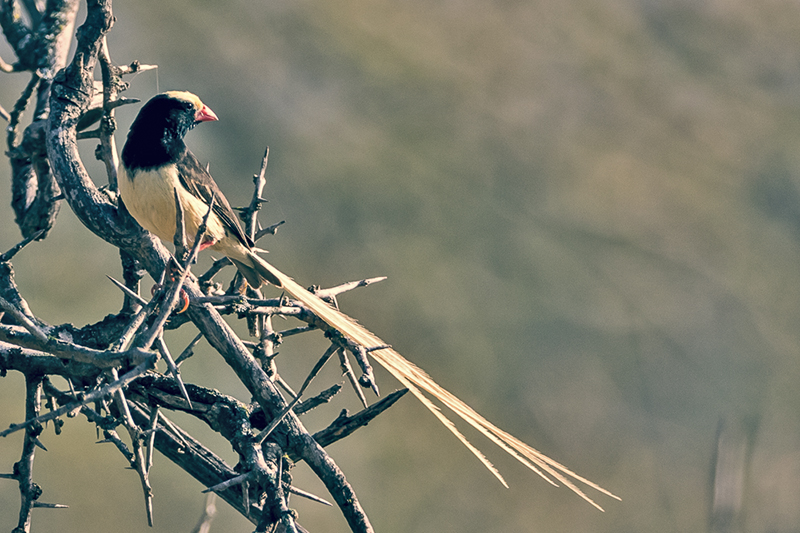
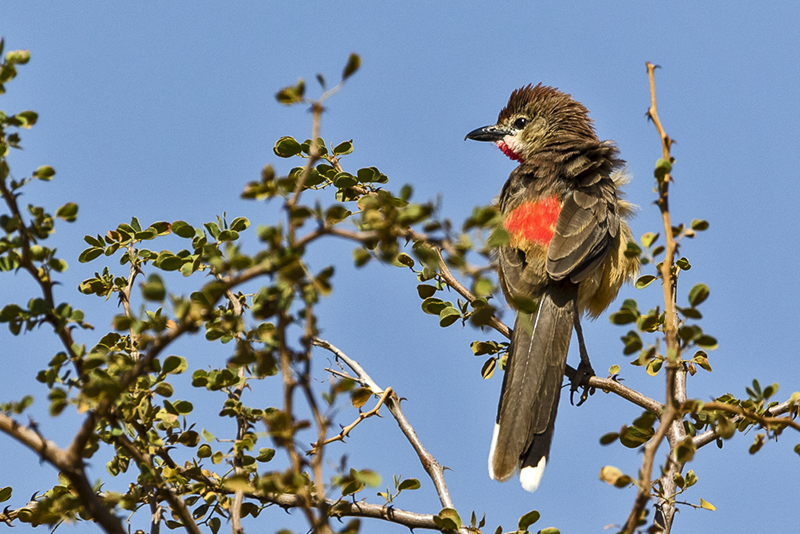
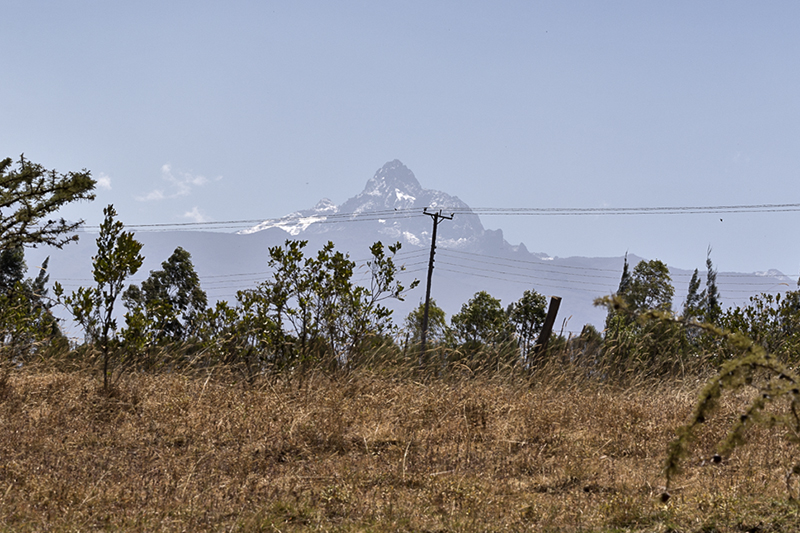
Giraffes:
In recent news, Planet Earths tallest animal, the Giraffes are facing a silent extinction. In the past 30 year their population has taken a hit of 40%. In 2015 the numbers of giraffe dropped below 100,000, and the International Union for Conservation of Nature (IUCN) listed the species as Vulnerable. Giraffes are at risk of human activities such as farming, mining, pollution human-wildlife conflict and trophy hunting.
About the Reticulated Giraffe
The Reticulated Giraffe, also known as the Somali Giraffe and are endemic to the Horn of Africa. It is estimated that the number of these is a mere 5000, hopefully with the results of this census we will have a better understanding of the number of Reticulated Giraffe in Northern Kenya. The Reticulated Giraffes can be identified by their deep red/brown coats, which are divided by white lines, known as reticulations.
